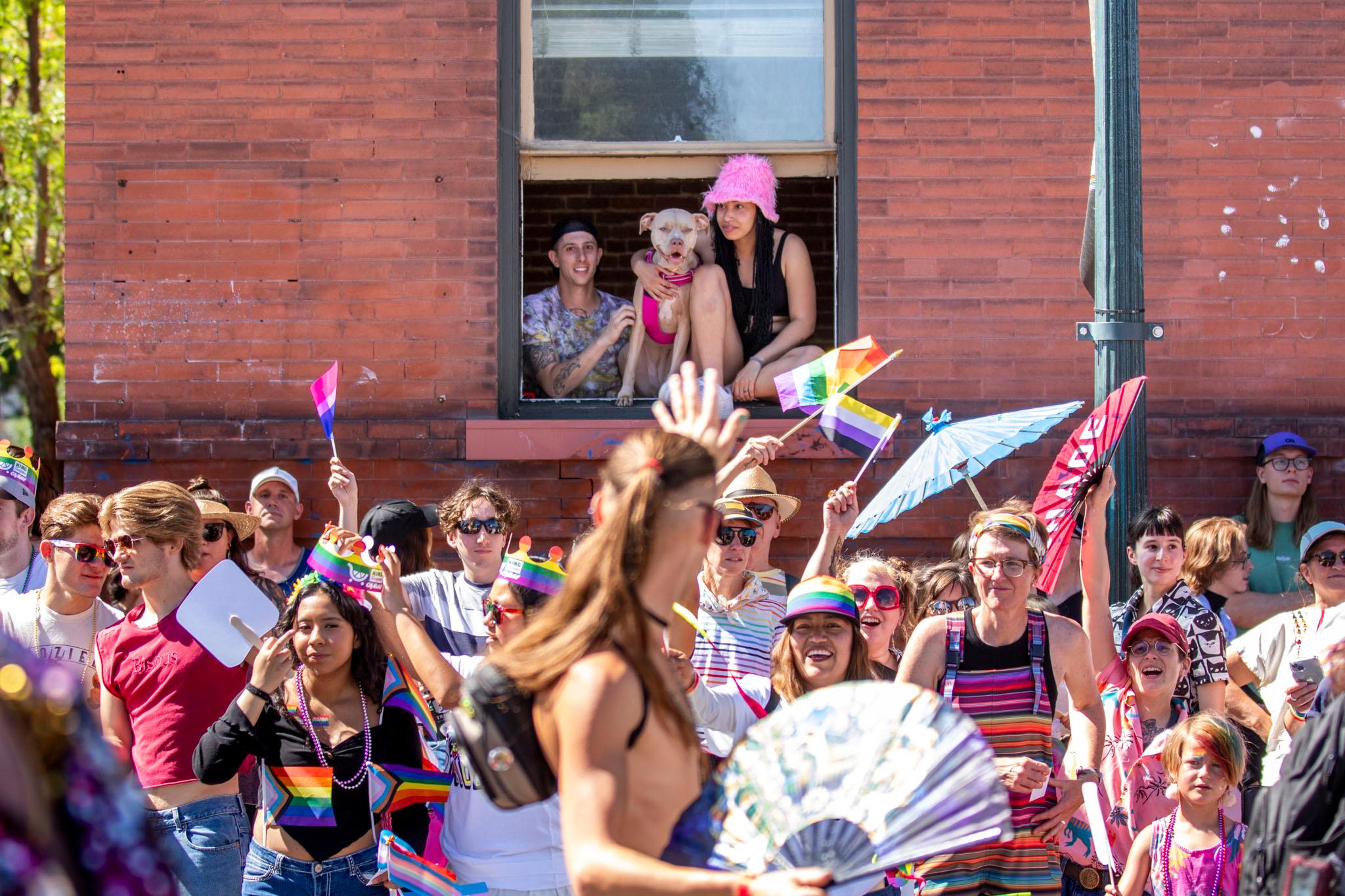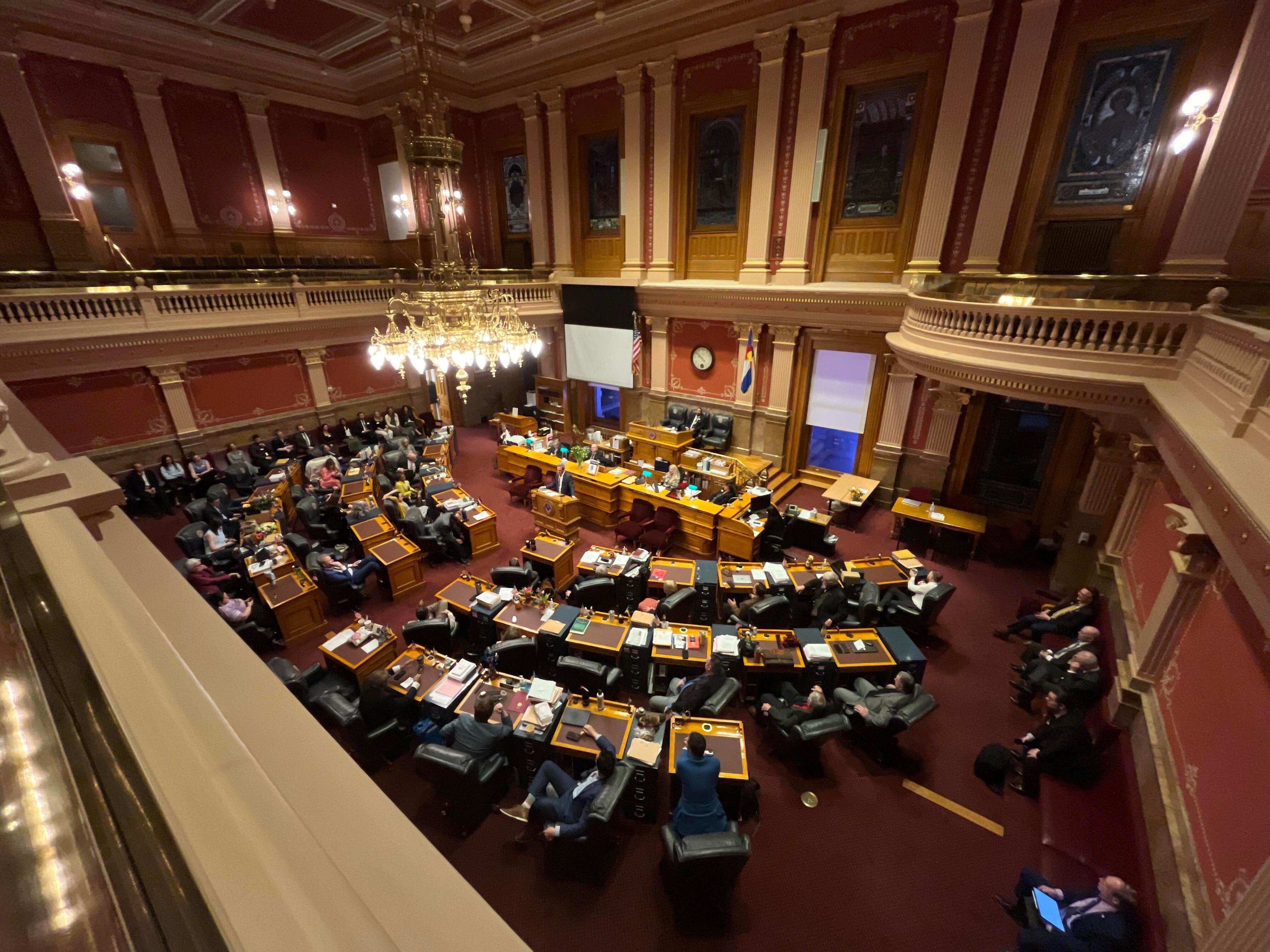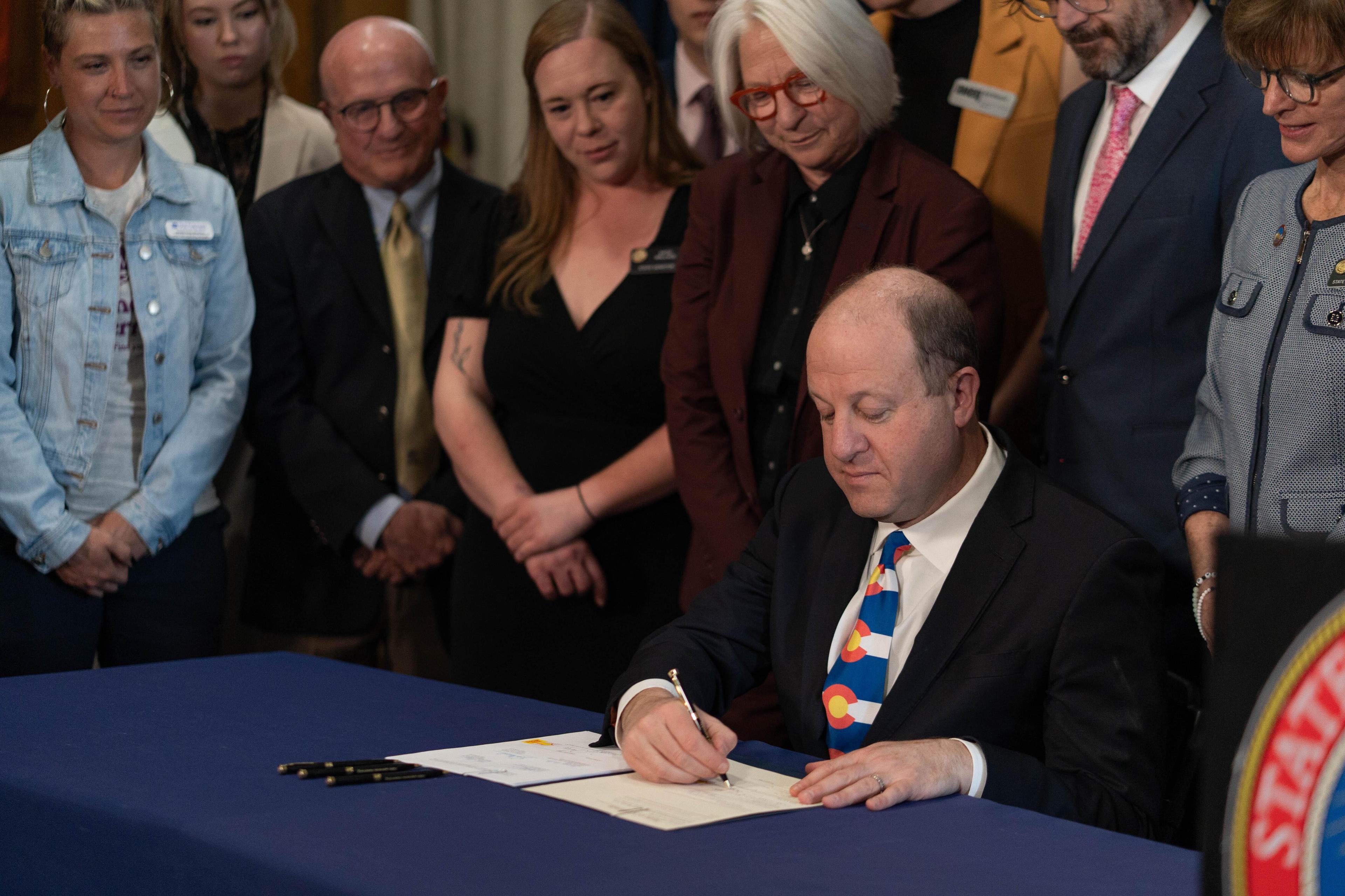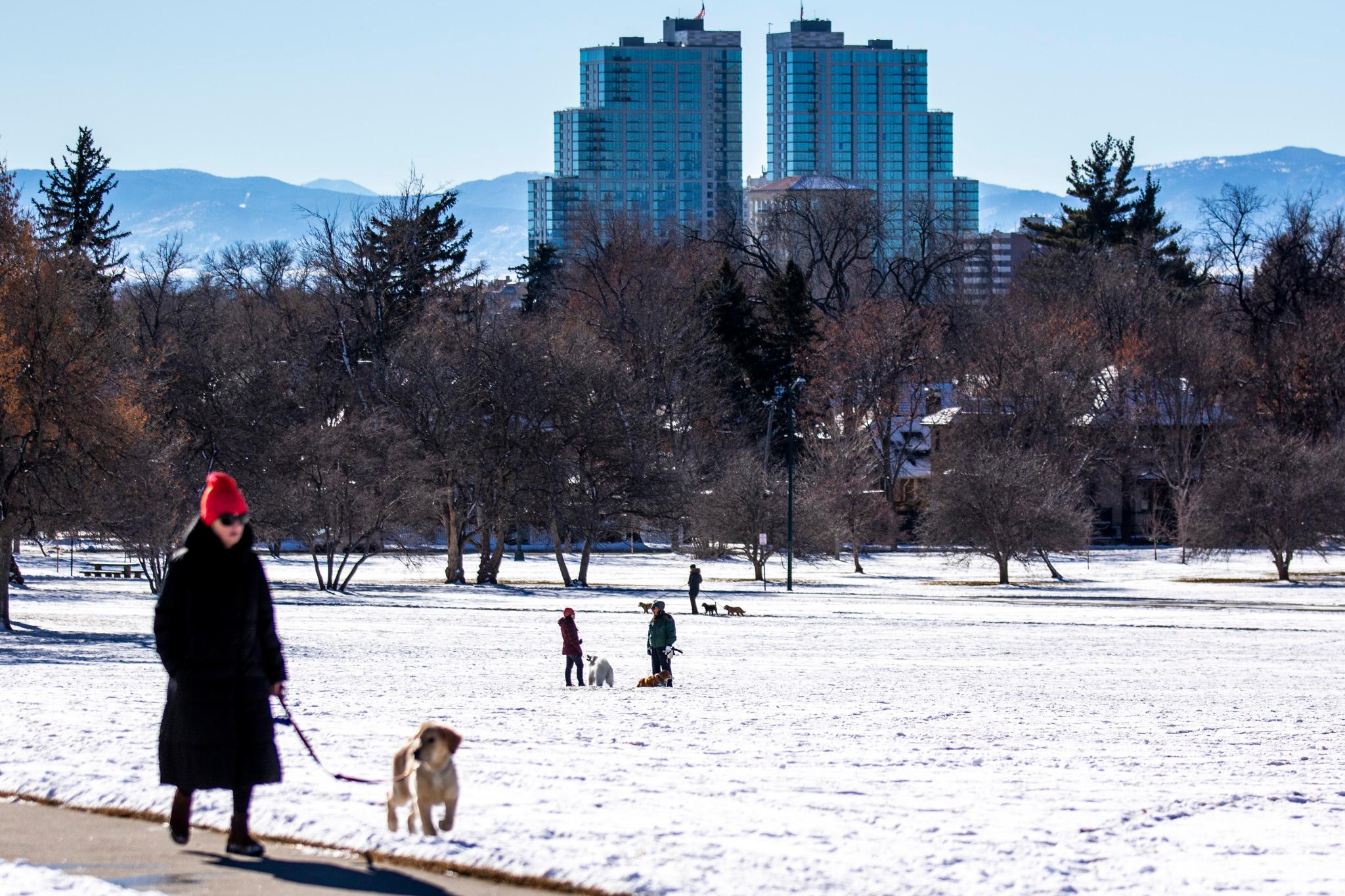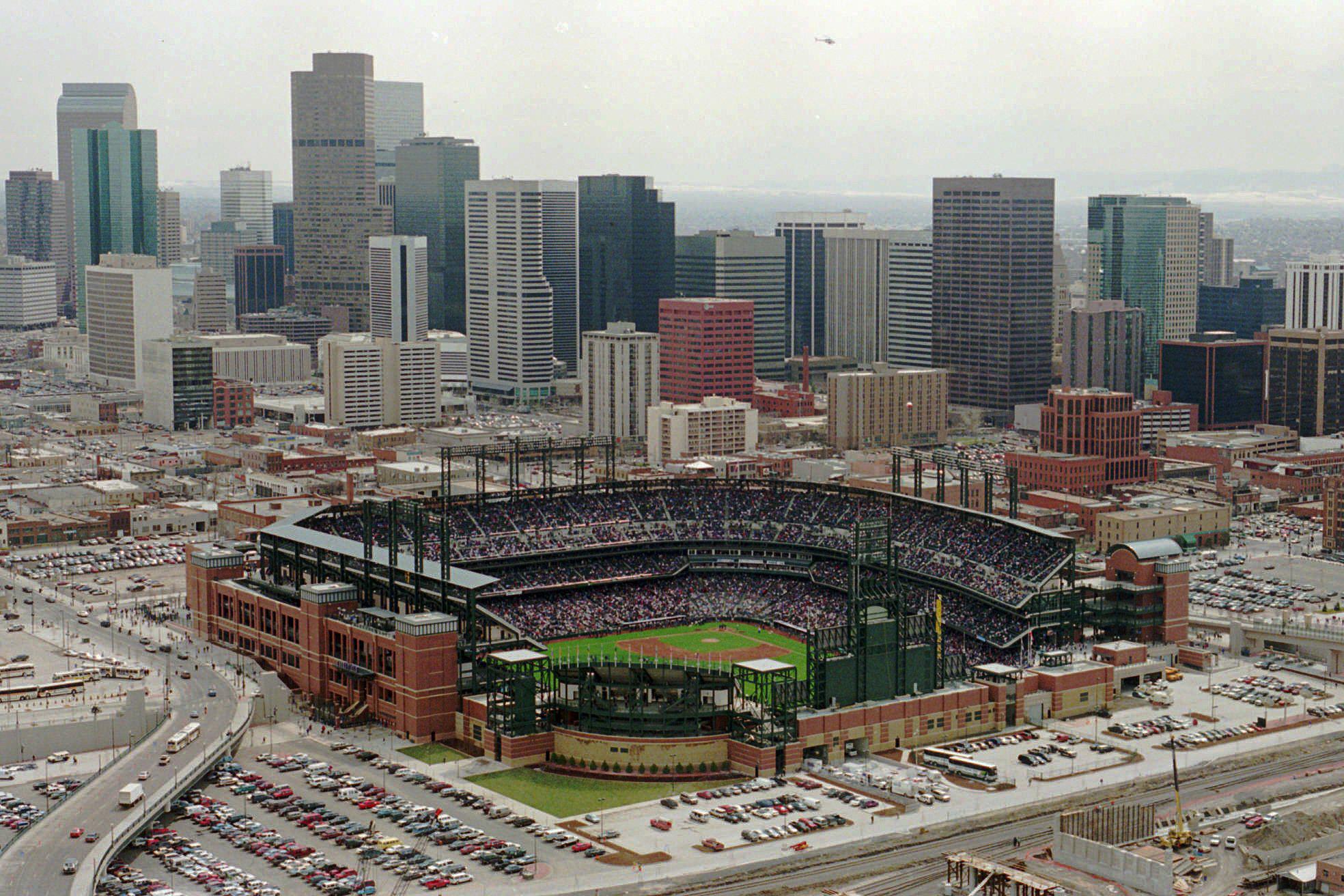

Coors Field opened with a bang on April 26, 1995.
The first home run hit by a Rockies batter in their new ballpark on Blake Street came in the bottom of the 14th inning by slugger Dante Bichette. The Rockies beat the Mets 11-9 in front of more than 47,000 fans who went nuts after Bichette’s walk-off three-run shot.
The pandemonium around 20th and Blake that night was a far cry from what that part of the city was like before Coors Field was built.
“(It was) very barren,” said Brett Kenschaft, who was a bartender at Jackson’s, one of LoDo’s first mega-sports bars, which opened the year the Rockies started play at Coors Field.
“It was one of those areas you didn’t go to after dark and Coors Field just absolutely changed this entire area.”

What’s now known as as LoDo is Denver’s oldest neighborhood. For decades, it was largely a warehouse district that featured the longstanding jazz club El Chapultepec. But for the most part, it was essentially a rundown skid row. The area started to slowly undergo a transformation in the late-1980s when the Denver City Council enacted a zoning ordinance that designated the area “The Lower Downtown Denver Historic District.” It was meant to preserve and revitalize this long-neglected part of town.
The historic designation prompted mixed-used development and pretty soon new businesses were starting to open, like the Wynkoop, owned by John Hickenlooper, which became Denver’s first brewpub. Also, the legendary bookstore Tattered Covered made its initial moves into LoDo with shipping and administrative offices on Wynkoop Street. The bookstore opened there in 1994.
The Rockies played their first two seasons at the Broncos’ home, Mile High Stadium in 1993 and 1994. But Denver-area voters backed a sales tax increase to fund a new Rockies ballpark before Colorado was even awarded a Major League Baseball franchise in 1991. Those responsible for spearheading the effort to bring baseball Denver, like Mayor Federico Pena, insisted the new stadium be downtown, to help fuel LoDo’s resurgence.
“The baseball stadium belonged in the inner city, not in the suburbs,” Pena said. “And putting it in LoDo was brilliant on the part of so many people because it stimulated lower downtown.
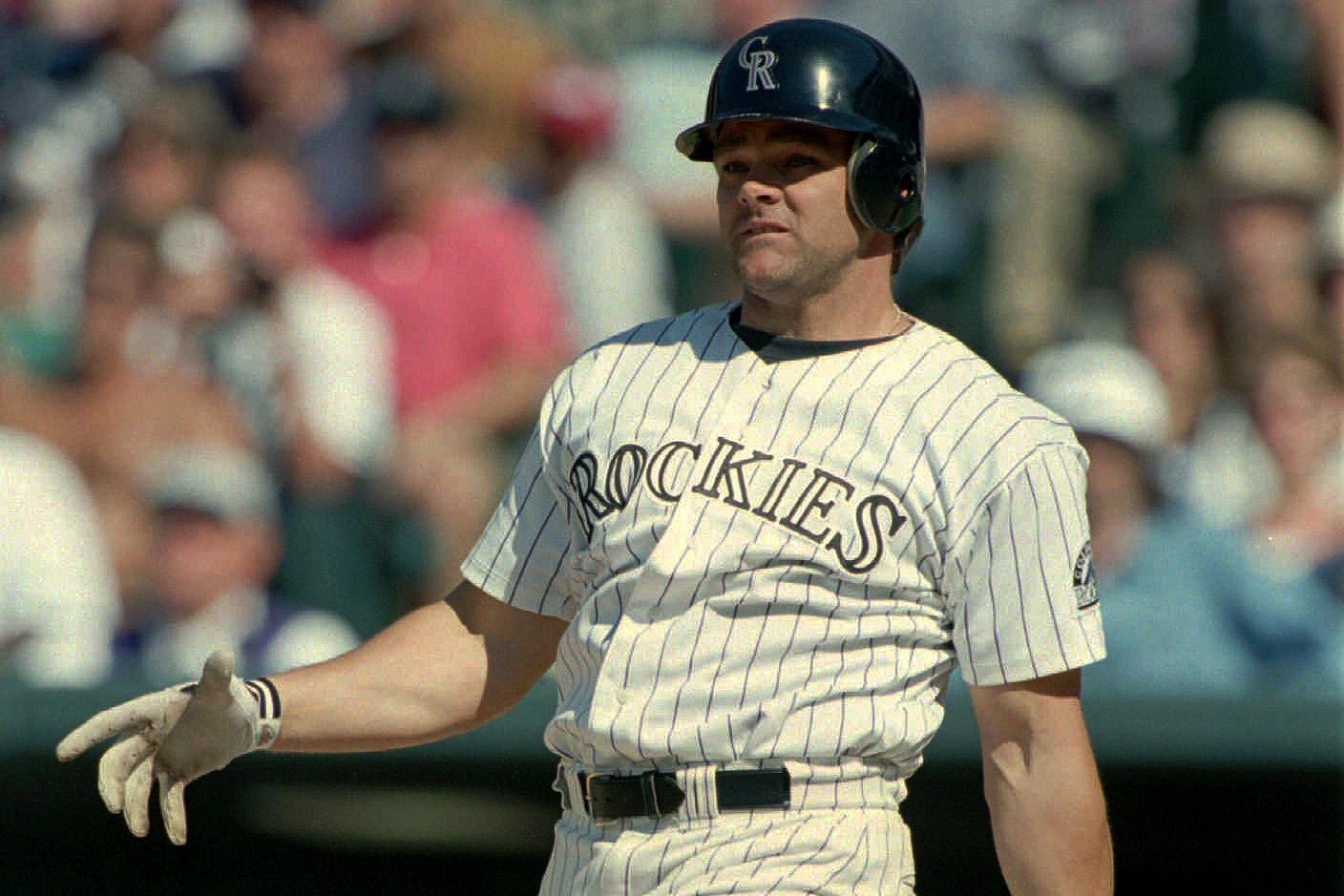
Pretty soon, the slow transformation of LoDo was taking off like a Dante Bichette home run. Bars and restaurants and art galleries were opening downtown. Denver’s now-famous craft brewery scene was hopping. And, a few years later, the Pepsi Center opened, which became the new home of the Nuggets and Avalanche. It all started with Coors Field.
“In fact, people all over the country today look at our stadium as an example of how to do it correctly, because it actually stimulated growth and revitalization around the entire neighborhoods around the ballpark, as opposed to what you see in other cities, where sometimes the neighborhoods are a little run down,” Pena said. “That has not happened here in Denver, in fact it’s been the opposite.”
And fans swarmed to Coors Field.
“It was the craziest thing I had ever seen,” Kenschaft said. “I had bartended for a while before I started at Jackson’s, but I’ve never experienced anything like the volume we had here. The electricity in the air was tangible, I mean everyone was so excited to come down here.”
Suddenly families were coming to a part of the city they’d rarely visit. Among them was a little kid from Denver named Kyle Freeland. Oh by the way, he’s a Rockies pitcher nowadays.
“I remember walking to the stadium, and kind of coming over the first row seats and hearing the sounds,” Freeland said. “I thought it was one of the coolest things in the world. And at that age you think it’s the biggest thing you’ve ever seen. Just kind of looking at Coors Field as a cathedral really, just larger than life.”
The Rockies provided their fans plenty of “larger than life” moments those early years, as well. Led by their beloved manager Don Baylor, a group of Rockies sluggers earned the nickname “The Blake Street Bombers,” for all the home runs they clobbered that year.

“That was a great era for the Rockies,” said Vinny Castilla, an original member of the Rockies who was part of that Blake Street Bombers crew. “It was great times with Larry Walker, Dante Bichette, Ellis Burks, Andres Galarraga, and myself. It was a lot of fun and we had a lot of fun killing pitchers, man.”
That Rockies team made their first-ever postseason in 1995, in just their third year of existence. They lost in a series to the Atlanta Braves, but they won the hearts of their fans.
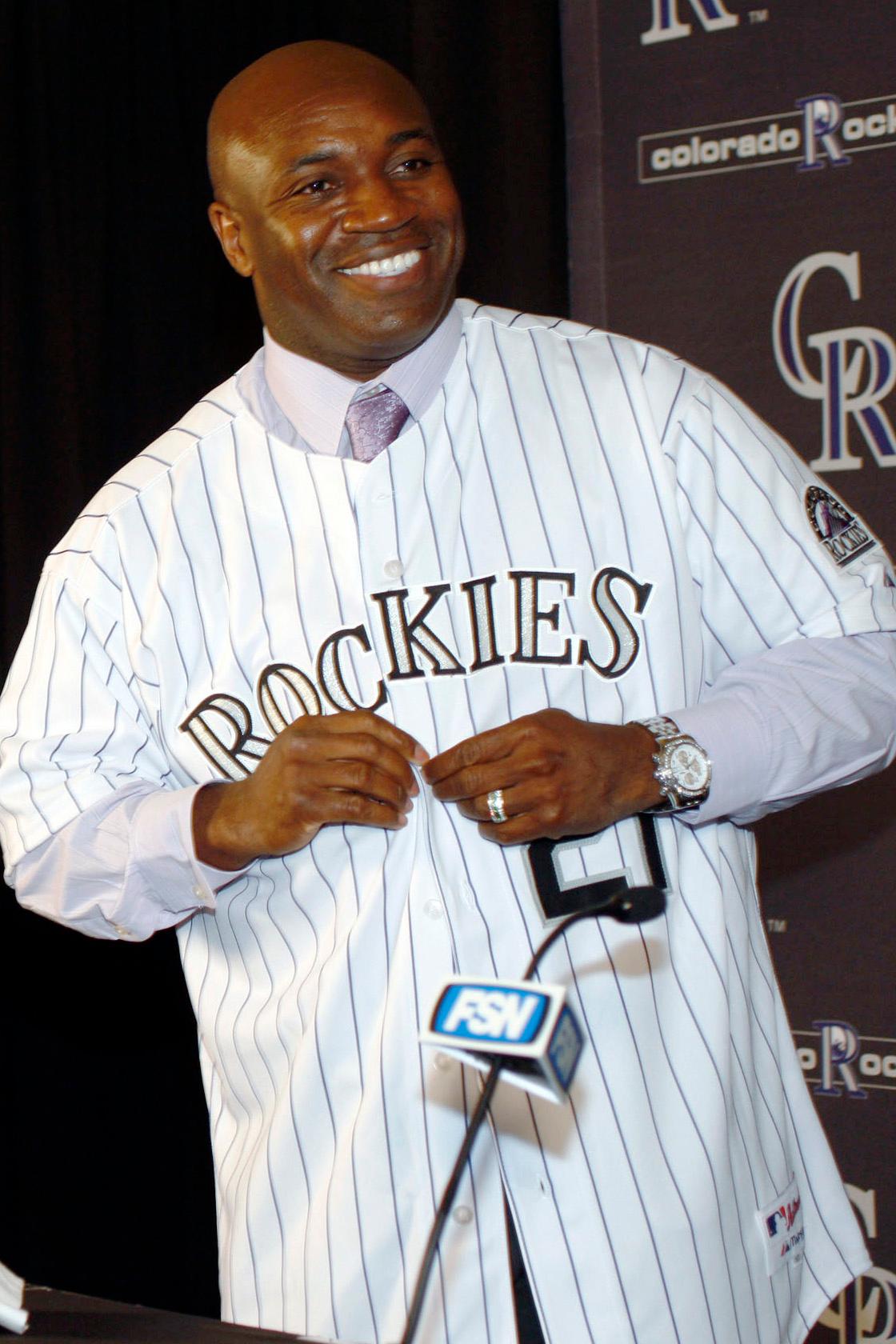
“It was like we took over the city,” said Eric Young, who played for the Rockies from 1993 to 1997. “You gotta remember with that team, there were a lot of bonds established with the fans. We were personable. We were approachable. There was a connection with the fans. We were a part of their family.”
The Rockies have had a lot of highs and lows since then. It took them a dozen years to get back to the playoffs in 2007. To get there, they rode a legendary winning streak where they won 21 of their last 22 games, stretching into the postseason. They won a dramatic, extra innings play-in game against San Diego to make the playoffs, then swept the Phillies and Diamondbacks to earn their trip to the World Series.
The phrase Rocktober was born.
“As a team finds that magical stretch as the ’07 team did, where you just keep winning and wining, and more and more people feel that energy and want to be apart of it, and it grows almost exponentially, those people with a casual interest are all of the sudden die hard fans,” said KOA Rockies broadcaster Jack Corrigan.
Bartender Brett Kenschaft jokingly regrets the career move he made that 2007 season.
“That’s the year I moved into management, and I remember being very upset that I wasn’t making all those tips that the bartenders were making because I picked the wrong year to move up,” he said. “But it was fantastic. It was just crazy busy all the time.”
The Rockies were swept by the Boston Red Sox in the World Series that year. But the breathtaking drama from that season tops the list of memorable moments from over the last 25 years. Fans used to cheer on names like Todd Helton, Troy Tulowitzki and Matt Holliday. Nowadays, the Rockies are led by young stars like Nolan Arenado and Charlie “Chuck Nazty” Blackmon.
Irene Sanchez, who often travels from Laramie, Wyoming to see games at Coors Field, rattles off Rockies players by their first names. For her, the team is like family.
“My father used to sit late at night, watching the Rockies. Loved, loved, loved them,” she said. “My mom took over after he passed away, now I have. I feel like when I’m watching them on TV, I feel like I’m watching family. It’s so cool.”
Before baseball came to Denver, many fans in Colorado cheered on other teams. But now, there’s a whole generation of Rockies fans.
“... I would say it’s taken really the last 10 years or so that those kids who played hooky for that game at Mile High in 1993 are now adults bringing their kids to games, and the Rockies are their baseball team… That hey, this our club, these are our guys. And they say Cargo and Chuck Nazty and you can Nolan to somebody in Denver now and they know who you’re talking about.”
---
This is the second of a two-part series on the 25th anniversary of the Colorado Rockies. You can read and hear the first part here: As The Rockies Turn 25, A Look At The Twists And Turns That Brought The Team To Life

